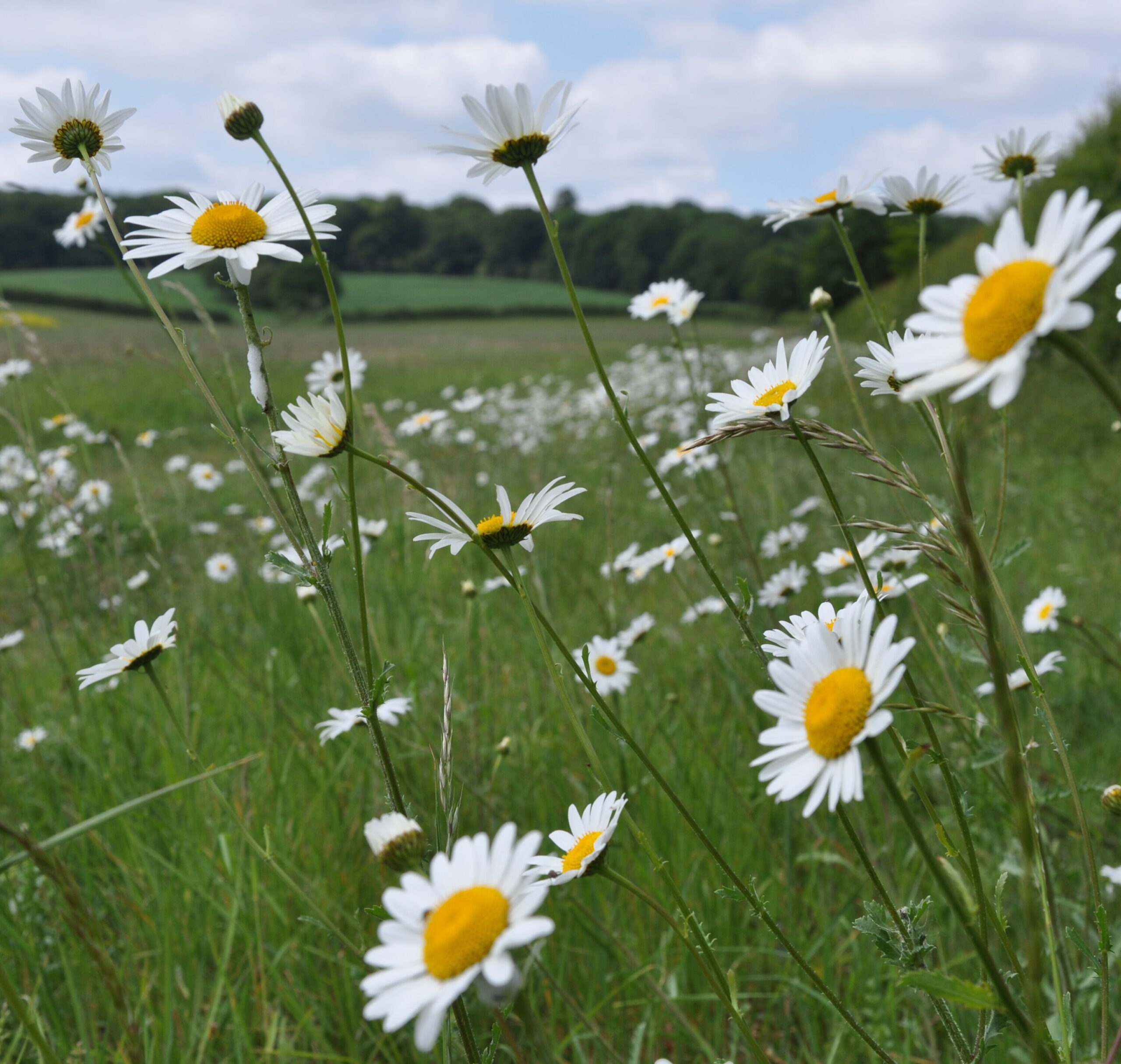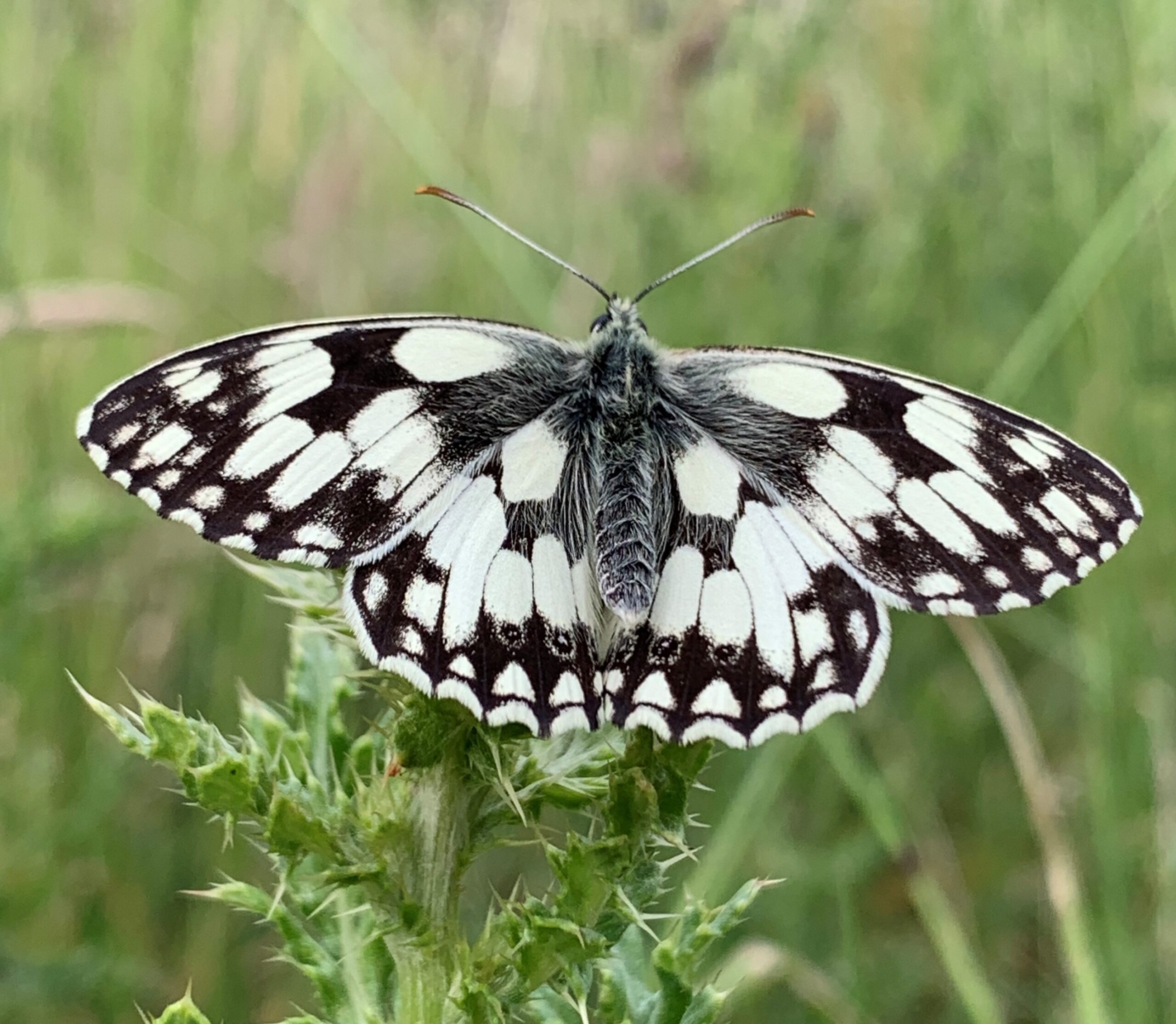Regenerative agriculture is receiving increasing attention as an approach that aims to promote soil health and increase soil carbon but there is a knowledge gap concerning how it may benefit wider biodiversity. This project is exploring the impacts of a regenerative ‘mob’ grazing system on biodiversity, using butterflies as a model group.
CONSERVATION CONTEXT
Food systems contribute one-third of global anthropogenic greenhouse gas emissions, and agricultural land-use change is the leading cause of biodiversity loss. There is growing evidence that regenerative farming might help contribute to tackling some climate impacts of agriculture. A key pillar of most regenerative farming approaches is the use of livestock grazing to improve soil health and carbon sequestration, but information on its impacts on biodiversity, particularly above-ground invertebrates, is scarce. For example, the extent to which grazing translates to changes in sward diversity and nectar source availability, is not well known. With grassland covering around a third of the UK’s land area, there is enormous potential for biodiversity benefits on both low-input and intensively managed areas if grassland management can be targeted to enhance biodiversity.


APPROACH
This project is exploring the impacts of a regenerative farming system on butterfly communities. Grazed and recovering pasture areas, arable areas, hedgerows and field margins are monitored for butterflies, to investigate how habitat use by butterflies at the farm level varies at different stages of the grazing and arable rotations and across the season.
PROJECT MEMBERS
Ruth Feber coordinates this research. Paul Johnson collaborates on experimental design, and data analysis. Nigel Bourn (Butterfly Conservation) is a long-term collaborator. We are working with FAI Farms.